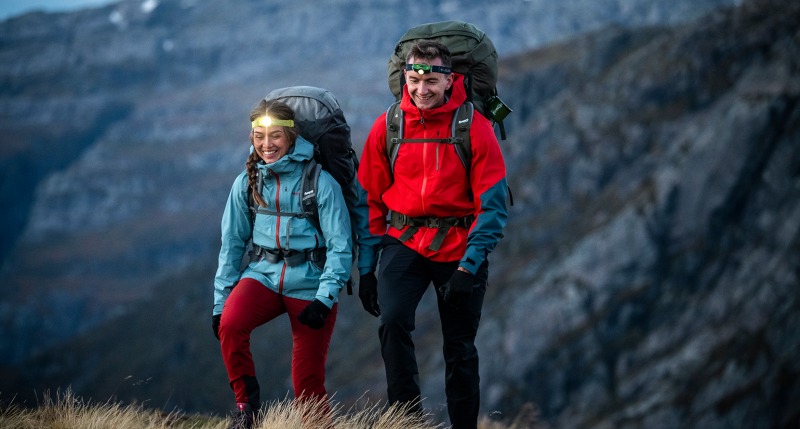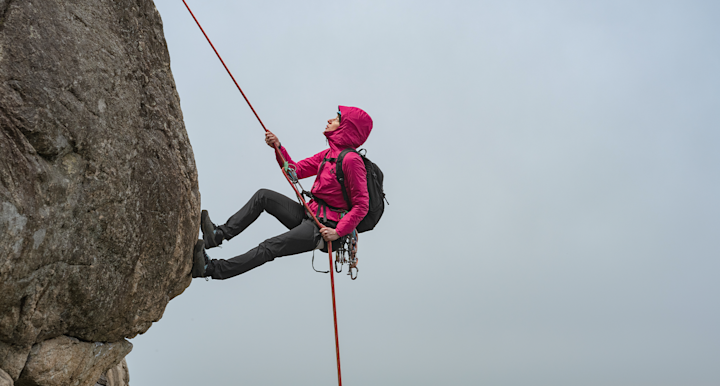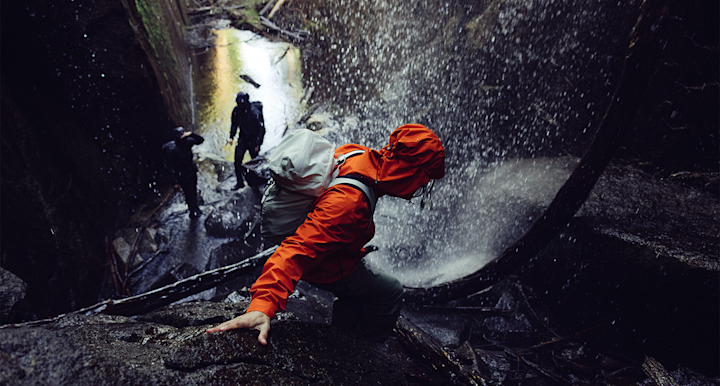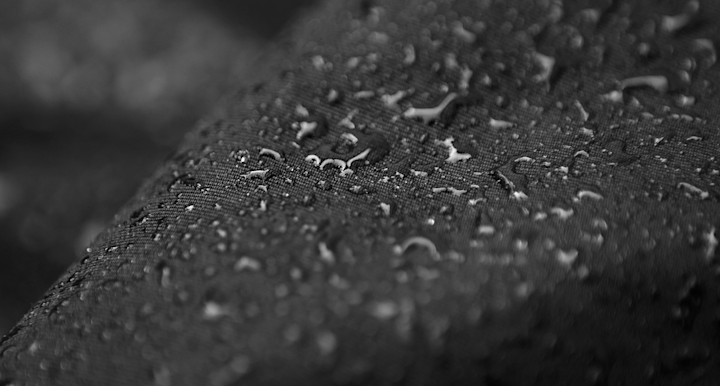
Which shell jacket should I choose?
Choosing a shell jacket is not always easy. The range is huge and the questions can be many; What is a shell jacket? What is the difference between a shell jacket and a rain jacket? When can I use a shell jacket? Which water column should my shell jacket have? As mentioned, the range is enormous with lots of models, brands and functions. Therefore, we have put together a guide that will hopefully give you answers to your questions and make your choice of shell jacket easier!
What to consider when choosing a shell jacket
- A 3-layer shell jacket is more durable than a 2-layer shell jacket, but a 2-layer shell jacket can be perceived as more snug and compliant while insulating better against the cold
- The higher the water column a shell jacket has, the more water resistant it is
- On a mountain hike when wearing a backpack, we recommend a shell jacket with a water column of 20,000 – 28,000 mm

What is a shell jacket?
A shell jacket is exactly as the name suggests, a shell that you wear as your outermost layer. It's a versatile garment that you can use all year round for a variety of activities – it works just as well for the summer hike and climb as for skiing during winter. The smart thing about a shell jacket is that it is unlined and that you can adjust your clothing under the jacket according to the temperature and activity. The shell jacket works just as well with just a thin t-shirt underneath as it does over both baselayers and mid-layers. The garment is usually both windproof and waterproof and has a membrane that releases moisture. The difference between a shell jacket and a rain jacket is that the rain jacket has poorer breathability, which can make it feel more confined and damp on the inside.
As mentioned, many shell jackets are versatile and can be used for most activites. But there are also shell jackets designed for specific activities, for example for hiking, summit tours, skiing and climbing. These jackets have customized features for the specific activity; lift card pocket, snow lock, helmet compatible hood or strategically placed pockets.
2-layer, 2.5-layer or 3-layer?
There are three different varieties of shell jackets to choose from; 2-layer, 2.5-layer and 3-layer. All three variants consist of an outer material and a membrane that has been laminated together into one material. The difference between the variants is whether there is an internal material under the membrane and where it is in the jacket in such cases.
2-layer shell jacket: A 2-layer shell jacket consists of two layers laminated together; the outer material and the membrane. In addition, there is a loose mesh lining closest to the body that protects the membrane against wear.
2.5-layer shell jacket: A 2.5-layer shell jacket consists of two layers laminated together; the outer material and the membrane. Additionally, there is a surface treatment that protects the membrane against wear. Unlike 2-layer shell jackets, the 2.5-layer does nor have a mesh lining that protects the membrane on the inside.
3-layer shell jacket: A 3-layer shell jacket consists of three layers laminated together; outer material, membrane and an inner material that protects the membrane against wear.
A 3-layer shell jacket is more durable than a 2-layer jacket, which makes it suitable for skiing, climbing or demanding hikes. However, it is relatively thin and insulates less than a 2-layer shell jacket does. A 2-layer shell jacket can be experienced as more snug and compliant, while also insulating better against the cold thanks to the loose mesh lining. However, it is not as durable and is therefore better suited for lighter outdoor activities and everyday life. Finally, 2.5-layer jackets are light and compressible, which is perfect to have in your backpack when you suddenly need weather protection during outdoor activities and everyday life.


What water column should a shell jacket have?
How waterproof a jacket is is measured in water column. Water column is a measure of how much water pressure the material can withstand. The higher the water column, the higher the water resistance. A shell jacket with a high water column generally costs more, so you should consider what your needs are before choosing a shell jacket.
A shell jacket with a water column between 5000 and 8000 mm is sufficient if you are going to be outside for a short time in rain or snow. On a longer forest hike when wearing a backpack, we recommend that you look for a jacket that has between 10,000 and 20,000 mm in water column. On a mountain hike when carrying a backpack, we recommend a shell jacket with a water column of 20,000 – 28,000 mm. When you wear a backpack, you expose the jacket to pressure on the shoulders, which makes the jacket let water through more easily. Here it is important to adjust the backpack correctly and not let all the weight rest on the shoulders, as this affects the water resistance of your shell jacket negatively.
Shell jacket functions
Depending on when and how you will use your shell jacket, we recommend that you think about which functions are important to you.
Ventilation: If you are going to use your shell jacket for physical activity, it is beneficial to choose a jacket with ventilation options. Many jackets have so-called pit zips, meaning it has ventilation zippers under the arms that can be opened to release excess heat.
Weight: Should the jacket primarily be used when it rains and thus lie in the backpack most of the time? Then it is advantageous to choose a light jacket that does not take up much space. However, keep in mind that a lightweight jacket may lack other important functions and not be as durable.
Hood: Think about whether the hood is important to you. Maybe you need an adjustable, removable or a helmet-compatible hood?
Pockets: Consider how many pockets you need and where they should be located. Do you want an inner pocket, lift card pocket or are two front pockets enough? If you are going to hike or climb with the jacket, there are jackets with strategically placed pockets that neither get in the way of the climbing harness nor the hip belt on the backpack.
Snow lock: If you are going to ski with the jacket, maybe you want a snow lock in the jacket? The snow lock protects you snow from getting inside the jacket. Some jackets have a removable snow lock which can be handy if you want to use the jacket for other activities as well.
Good luck!